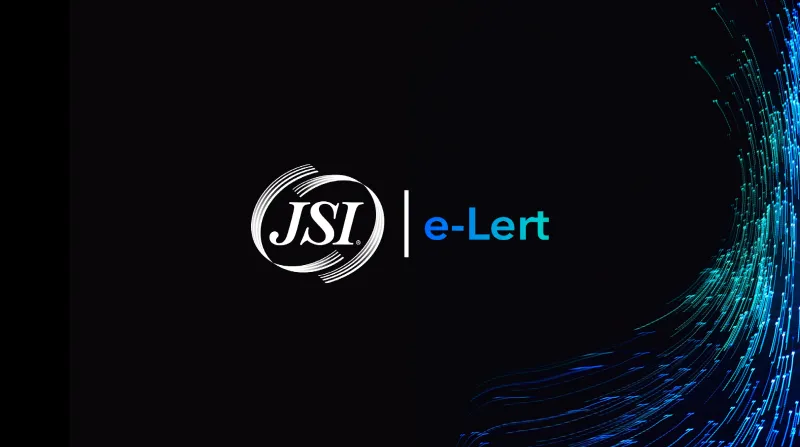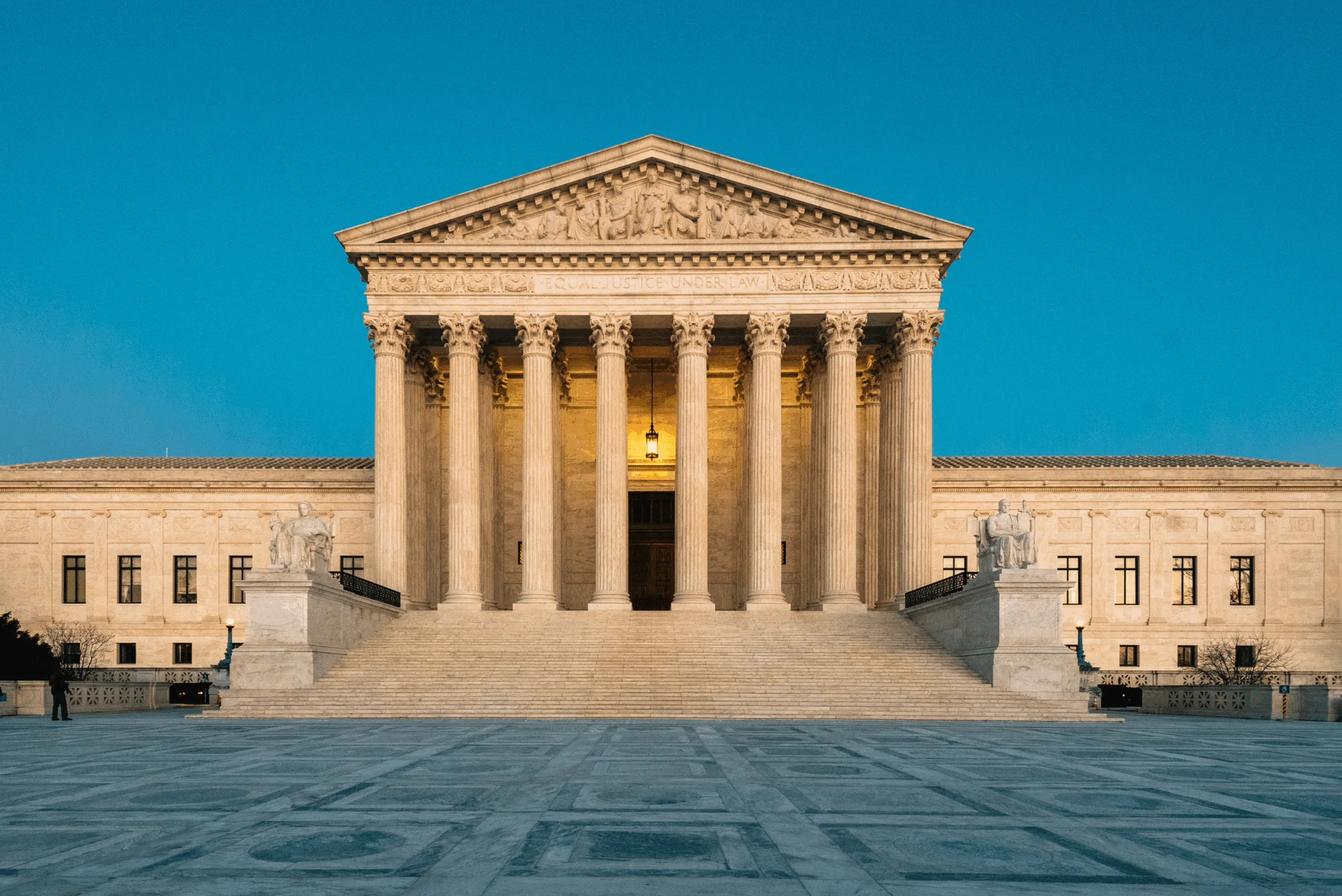
Broadband Testing for Enhanced A-CAM & Guidance to Recipients of USF on BEAD Coordination

FCC Provides Guidance on Broadband Testing for Carriers Transitioning to Enhanced A-CAM
On Dec. 4, the Federal Communications Commission (FCC) released a Public Notice (Notice) providing guidance on broadband testing requirements for carriers that are transitioning from their existing support to Enhanced Alternative Connect America (A-CAM). Those requirements are summarized below.
All Carriers Transitioning to Enhanced A-CAM
The Notice reminds all carriers that have elected Enhanced A-CAM that broadband testing under the new 100/20 Mbps obligations begins with quarterly “pre-testing” that starts January 1, 2026, with official testing beginning January 1, 2027. The Notice also reminds Enhanced A-CAM electors that any carriers that do not meet their December 31, 2023, buildout obligations will be subject to withholding or recovery of support and that any withholding or recovery “will be based on support at the time the carrier is notified of non-compliance.”
Existing A-CAM I and A-CAM II Carriers Transitioning to Enhanced A-CAM
The Notice explains that carriers that currently receive A-CAM I or A-CAM II support have no requirement to conduct broadband testing in 2024 and 2025; however, notes that it may be “in a carrier’s interest” to conduct testing in 2024 because compliance with broadband testing in 2023 will be determined during that year.
Specifically, carriers must certify the test results that they submitted for 2023 by July 1, 2024. USAC will then process that data and will withhold Enhanced A-CAM support from any carrier that was found to be non-compliant for its 2023 test results under its A-CAM I or A-CAM II obligations. Once the non-compliant carrier demonstrates compliance with its previous obligations, then support withheld will be restored. Thus, according to the Notice, if an A-CAM I or A-CAM II carrier is found to be non-compliant with its 2023 obligations after USAC completes its processing in the second half of 2024, that carrier could avoid having it Enhanced A-CAM support withheld if it had continued to conduct broadband testing in 2024 under its previous obligations and can demonstrate that it has become compliant with those obligations.
Existing Connect America Fund Broadband Loop Support (CAF BLS) Carriers
Like A-CAM I and A-CAM II carriers, there is no requirement for CAF-BLS carriers that transition to Enhanced A-CAM to conduct broadband testing in 2024 and 2025. As explained below, however, CAF-BLS carriers that are found to be non-compliant with their 2023 test results will want to conduct broadband testing for one year beginning in fourth quarter 2024. The Notice clarifies that CAF-BLS carriers that did not elect Enhanced A-CAM must continue broadband testing even though USAC may find their 2023 test results comply with the requirements.
The Notice separates A-CAM I and A-CAM II carriers from CAF-BLS carriers transitioning to Enhanced A-CAM because CAF-BLS carriers’ buildout requirements end on December 31, 2023. Under applicable FCC rules, a CAF BLS carrier that USAC finds is not in compliance with the 2023 test results (which the carrier must certify by July 1, 2024), has a one-year “cure” period to return to compliance rather than facing immediate recovery action by USAC. To avail itself of the cure period, a CAF-BLS carrier must conduct another year of performance testing using a statistically valid sample of locations that it must request from USAC no later than Aug. 1, 2024. The non-compliant CAF-BLS carrier must then begin testing in fourth quarter 2024 and continue testing for one year. To the extent that USAC determines that any support should be recovered for the CAF-BLS carrier failing to meet its broadband testing requirements by the end of 2023, the amount to be recovered would not be calculated until after the one-year cure period.
For assistance with broadband testing or any questions related to the transition to Enhanced A-CAM, please contact Lans Chase, John Kuykendall, or Douglas Meredith.
FCC Provides Guidance to Recipients of USF on BEAD Coordination
In a Public Notice (Notice) released November 29, the Federal Communications Commission (FCC) details how all recipients of high-cost USF should coordinate with state broadband offices and Tribal entities to determine eligible locations for the Broadband Equity, Access, and Deployment (BEAD) program. While the FCC has clearly stated that recipients of Enhanced Alternative Connect America (A-CAM) funding are required to coordinate with state broadband offices, the Notice now makes it clear that this requirement also applies to Connect America Fund Phase II (CAF II) auction and Rural Digital Opportunities Fund (RDOF) awardees that have 100/20 Mbps or higher speed obligations.
Additionally, the Notice, for the first time, specifies obligations related to BEAD for those whose broadband speed obligations are less than 100/20 Mbps. This group includes recipients of Connect America Fund Broadband Loop Support (CAF BLS), A-CAM I, A-CAM II, and Alaska Plan as well as CAF II auction and RDOF awardees whose speed obligations are less than 100/20 Mbps. The Notice also reminds recipients of USF that serve Tribal lands of their annual obligation to engage Tribal governments regarding their deployment plans.
USF Recipients with Buildout Obligations of at Least 100/20 Mbps
The Notice emphasizes that to prevent duplicative funding, carriers with buildout obligations of over 100/20 Mbps must not only participate in the BEAD challenge process in each state where they serve but also provide any information requested by the state, which could include evidence of currently served locations, timing of planned deployments, and technologies the carrier uses or intends to use. The Notice explained that the BEAD program requires locations to be served only with a “reliable broadband service” (i.e., fiber, coax, DSL, or fixed wireless using entirely licensed spectrum); however, states can allow locations that exceed a state-determined “extremely high cost per location threshold” to receive service through a technology that does not meet that standard. Accordingly, states would need to know where technologies such as unlicensed fixed wireless and satellite plan to be utilized so that they can make this determination and carriers should be prepared to provide such information.
USF Recipients with Buildout Obligations of Less Than 100/20 Mbps
While the FCC did not impose any requirements for recipients of USF with buildout obligations of less than 100/20 Mbps to participate in the BEAD challenge process, the agency emphasized that these carriers should ensure that the National Broadband Map “accurately reflects the locations they serve, the speeds they provide to the locations, and the technologies they use to serve the locations.” The FCC also noted that these carriers may likewise need to provide additional information to states regarding their deployments if requested.
USF Recipients Serving Tribal Lands
The Notice reiterated the guidance provided in the ruling on Enhanced A-CAM which allows the Enhanced A-CAM recipient and the Tribal government to notify the FCC if a situation were to occur where BEAD funding was awarded to Enhanced A-CAM funded locations on Tribal lands so that the Enhanced A-CAM support can be adjusted. The FCC then used the opportunity to remind all USF recipients that serve Tribal lands of the requirement to annually “engage” Tribal governments regarding the recipients’ deployment plans. Specifically, the Notice stated that the engagement should be on “a range of issues, including compliance with local rights of way, land use permitting facilities siting, and environmental and cultural preservation review processes, as well as Tribal business and licensing requirements.” The FCC then warned that the agency takes this requirement seriously and that failure to comply may result in reduction of support and other enforcement measures.
JSI is here to assist in preparing your company to participate in your state’s BEAD challenges, assemble any information that may be requested by state broadband offices, and make updates to the National Broadband Map through the BDC challenge process. We also provide guidance and draft correspondence to help with the engagement process for those who have locations on Tribal lands.
For assistance in any of these areas or additional information regarding the Notice or USF obligations, please contact Lans Chase, John Kuykendall, or Douglas Meredith.










